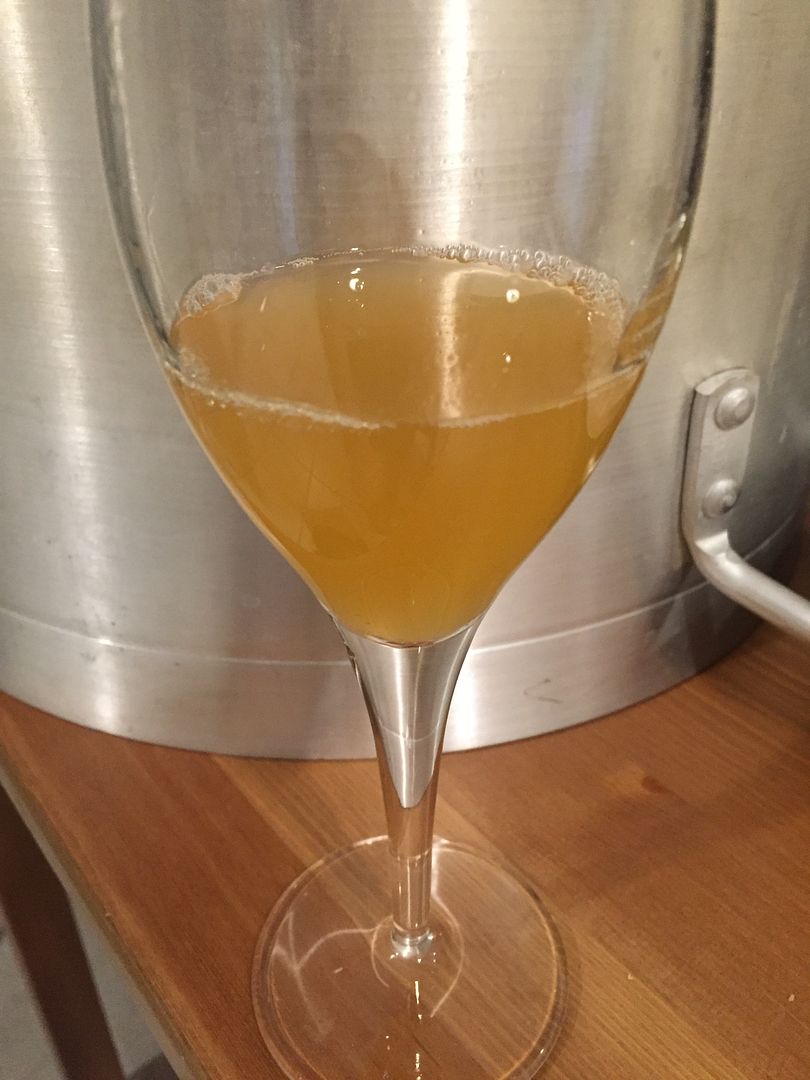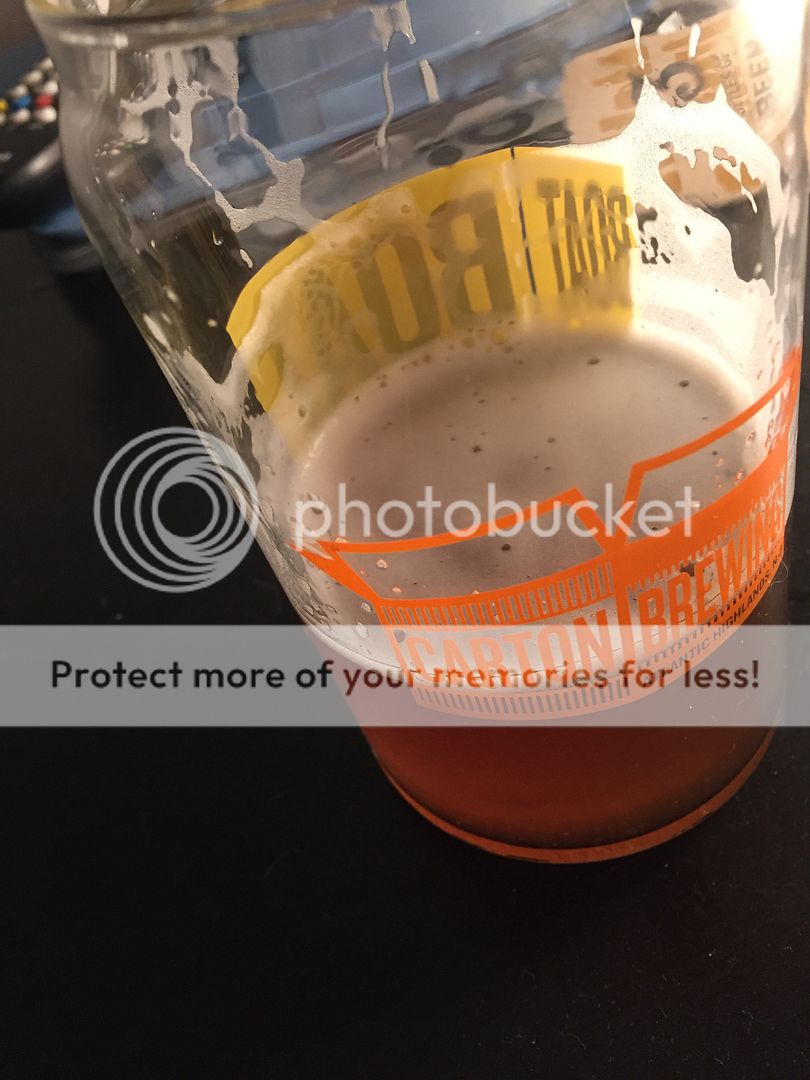inkman15
Well-Known Member
Had a strange thing happen to me recently with a Nelson/Galaxy IPA that I brewed. Coming out of the primary, it was a nice pale yellow and had a great tropical aroma from the Nelson and Galaxy dry hop. Sample tasted excellent and I bottled it.
On bottling day:

When I cracked one after 2 weeks of patiently waiting, I found that the color had changed pretty dramatically to an amber/rusty hue and a lot of the aromatics fell off. It still has some of the hop notes but it doesn't have the same life that it did on bottling day. Here's what it looked like last night. Picture isn't the best angle, but you get the idea:

Started doing a little research and it sounds like I may have oxidized it when I bottled? I haven't run into this issue before, but I was hoping for some feedback on my bottling process.
After fermentation is complete, I rack into my bottling bucket via auto siphon, making sure to keep the hose against the side of the bucket to create a gentle whirlpool for incorporating the priming sugar evenly and I avoid splashing. Granted that when the auto siphon reaches the bottom of the beer, it's inevitable that some bubbling occurs and comes up through the hose. Never been able to avoid that in my 5 years of home brewing. I then lift/place the bucket on a high table in my kitchen and attach a bottling wand to the spigot via a small piece of tubing and start to bottle. I've noticed that when I use the wand (one of the spring loaded ones), there are some bubbles created as the bottle gets filled. This is usually from when the beer starts flowing into the empty bottle as it sprays out when the spring is depressed. Is there some way to prevent this entirely or does everyone encounter that?
Would appreciate any thoughts. Frustrated a bit by this one since it had such promise and also because it required a lot of pricy hops.
On bottling day:

When I cracked one after 2 weeks of patiently waiting, I found that the color had changed pretty dramatically to an amber/rusty hue and a lot of the aromatics fell off. It still has some of the hop notes but it doesn't have the same life that it did on bottling day. Here's what it looked like last night. Picture isn't the best angle, but you get the idea:

Started doing a little research and it sounds like I may have oxidized it when I bottled? I haven't run into this issue before, but I was hoping for some feedback on my bottling process.
After fermentation is complete, I rack into my bottling bucket via auto siphon, making sure to keep the hose against the side of the bucket to create a gentle whirlpool for incorporating the priming sugar evenly and I avoid splashing. Granted that when the auto siphon reaches the bottom of the beer, it's inevitable that some bubbling occurs and comes up through the hose. Never been able to avoid that in my 5 years of home brewing. I then lift/place the bucket on a high table in my kitchen and attach a bottling wand to the spigot via a small piece of tubing and start to bottle. I've noticed that when I use the wand (one of the spring loaded ones), there are some bubbles created as the bottle gets filled. This is usually from when the beer starts flowing into the empty bottle as it sprays out when the spring is depressed. Is there some way to prevent this entirely or does everyone encounter that?
Would appreciate any thoughts. Frustrated a bit by this one since it had such promise and also because it required a lot of pricy hops.


